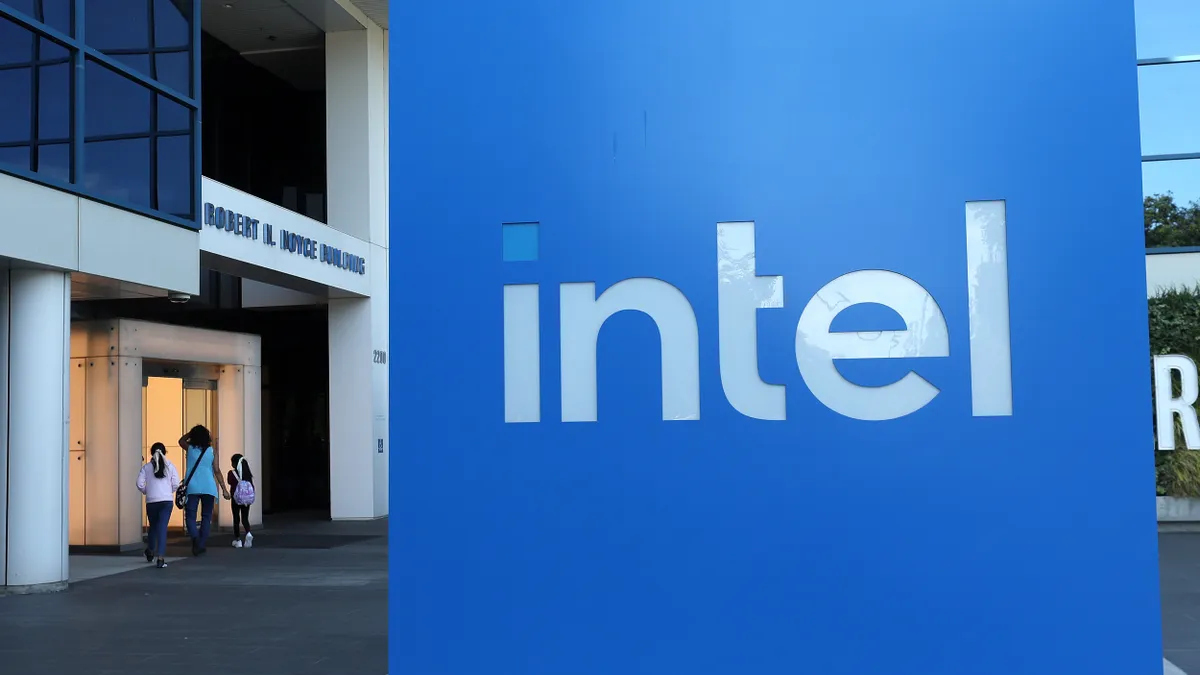Chris Delaney is a director in CFO Consulting Partners’ private equity portfolio company practice with an emphasis on manufacturing, business services, health care and specialty finance companies. Opinions are the author’s own.
When it comes to managing their business, manufacturers need much more than historical financials to forecast their future revenue, profitability and liquidity. Historical numbers simply capture what happened in the past — but traditionally do a poor job predicting where a company will be in the near future, of three to six months, or distant future, of two to three years.

To make matters worse, most smaller manufacturers simply rely on financial statements as their historical data to help make decisions, but this is only the first level of information that they need to understand. Historical numbers will tell you if your business grew, but they will not tell you why.
Key questions are: Where is the growth and why? Is it sustainable? Which customers is the business growing with? In which divisions? How profitable was the growth and does it represent a new investment opportunity?
If your company is in growth mode, forget historical numbers and focus on the key KPIs that are going to be predictive of future growth and profitability.
KPIs are easier to project and do a better job of forecasting future financials than historical data alone. Is there a new customer onboarding or is a recession coming? Are customers going to leave shortly? Are new mergers on the horizon?
A handful of KPIs will create a more accurate forecast for manufacturers, which is invaluable.
Here’s a good place to start:
Sales Pipeline KPIs
Most manufacturers have a sales pipeline, which is the lifeblood of the company, but they tend to do a poor job of predicting future revenue. Typically, that is because it’s not systematic nor consistent, and because it’s done in an ad hoc manner. Without reliable reports on future revenue, moving forward will be a challenge.
Bottom line, manufacturers tend not to break down sales data in meaningful ways. Start with the next 12 months and start framing the data in two different ways. What is my core business, including existing customers and existing SKUs in the marketplace, and how can they be forecasted?
I traditionally look at the core business in three ways: 1) what do you know (for example, future purchase orders that might be on hand), 2) what do you think will happen (by looking at a sales forecast provided by a customer) and 3) what are you guessing (where do you lack purchase orders or forecasts, but can examine historical data on how this customer typically behaves).
On top of that, what is the new sales pipeline? What do we expect to “hit” and when? If one utilizes this simple technique from a “bottoms up” perspective, overlaying “core business” and future growth, the forecast will be more reliable than the prediction from any historical data.
Revenue forecasts, by nature, will never be perfect. But performing forecasts utilizing the above technique in consistently will be more predictive than historical data alone. And perhaps more importantly, it will also allow management teams to better predict future performance by allowing an analysis of “what we thought back then and why," and comparing it to actual results.
The easiest example of this is the new sales pipeline. Last year, you had a $10 million dollar sales pipeline and you predicted 50% of that would translate into incremental revenue over the next 12 months. Well, what happened? Did that pipeline translate into $3 million, $5 million or $8 million of actual revenue? And how do you use that information to forecast business over the next 12 months when the current sales pipeline is $15 million?
Overhead KPIs
When it comes to gross margins, manufacturers struggle with the real cost of delivering a product. We used to call it “unit economics,” matching revenue to expenses per widget.
Manufacturers understand direct costs and margins, but they have trouble quantifying semi-fixed costs, which are items that feature both fixed components — set expenses — and variable components that are based on activity like utilities, maintenance, R&D and labor.
Overhead costs outside of direct labor or materials can be tricky to assess. They tend to show up on the income statement in different places. Your KPIs will break out the valuable parts that will serve as the basis of managerial accounting and forecasting.
For example, a customer may require a special batching process to make a product. If the management team doesn’t understand the semi-fixed costs, the magnitude of increasing quantities and capturing indirect costs can create a situation in which the true profitability of a project is not fully understood. In such a situation, the economics around a 30,000-unit order after allocating for indirect costs may still lead to attractive margins, but a 5,000-unit order may create an inability to scale in the future.
Working Capital KPIs
From a number’s perspective, working capital is a company’s current assets divided by current liabilities.
This number, which should range from 1.2 to 2, tells your management team and investors if you can sustain day-to-day operations in the short term. Your KPIs should include inventory levels, accounts receivable and accounts payable.
Improving working capital could look like standardizing payments terms and providing incentives to speed up cash collections. Outsourcing operations, selling or leasing assets could improve your cash flow and generate a more favorable tax treatment moving forward. While paying vendors in a timely fashion may seem counterintuitive, it could allow you to negotiate better terms in the future based on your strong relationships.
This set of KPIs is about liquidity — the more, the better — for all your stakeholders.
Utilization KPIs
If you can’t measure something, then you can’t manage it.
The utilization rate is the time manufacturing assets are being used to produce output. In other words, actual output divided by capacity times 100.
For manufacturers, the utilization rate deserves plenty of attention. It has been stated that 80% is the goal for utilization, but a recent survey shows that reality is a different story.
More manufacturers believe their company’s utilization rate hovers around 50%, which takes into account setups, breakdowns, as well as staff breaks. Unfortunately, a tracking study from technology company Amper showed a 26% rate, a far cry from the industry standard.
Developing better benchmarks and better reporting processes will improve your utilization rate. Creating a scorecard for all your KPIs will put the short list of KPIs in front of senior leadership, giving them a quick idea of what the company looks like today and tomorrow.
KPIs won’t give you the “answer,” but they will help management make better decisions.
The short list of KPIs is where the process begins.



















